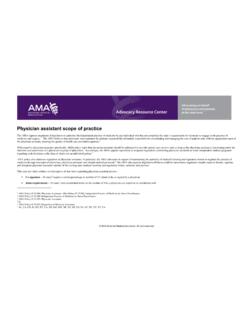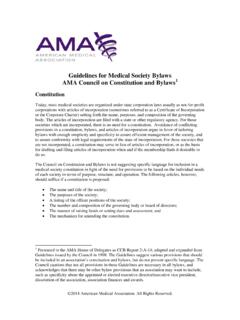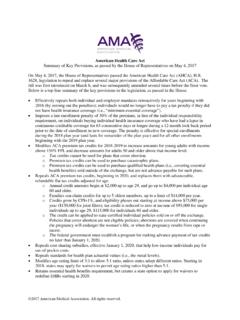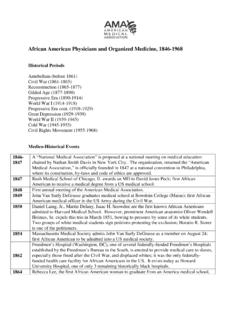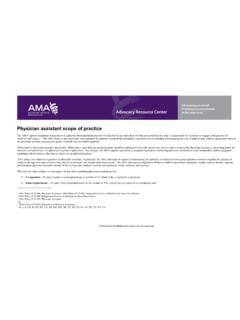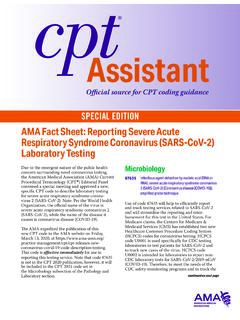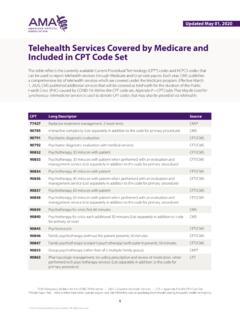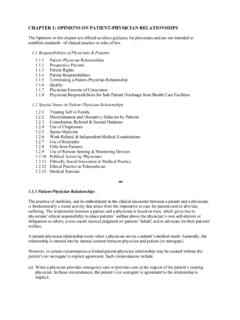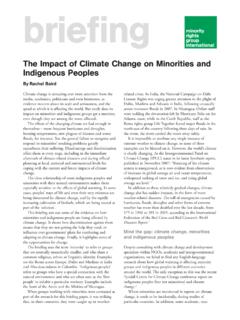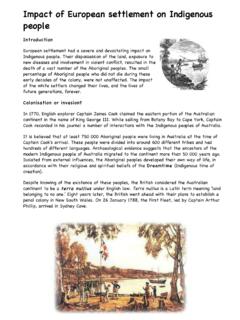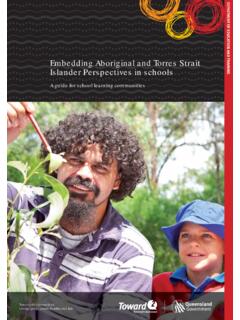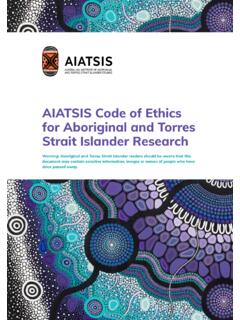Transcription of Advancing Health Equity: A Guide to Language, Narrative ...
1 CISSEXISMSEX ASSIGNED AT BIRTHGENDER BINARYGENDER DYSPHORIAWHITENESSRACISMCULTURAL DOMINANCEETHNICITYDISCRIMINATION DISCOVERY OF THE AMERICASAFFIRMATIVE ACTIONCLASS STRUCTUREHEALTH DISPARITIESFAIRNESSCOMING OUTCRITICAL RACE THEORYJUSTICEMINORITYRACIAL CAPITALISMDISABILITYSEXISMPOPULATION HEALTHPUBLIC HEALTHCULTUREMARGINALIZATIONCLASS CONSCIOUSNESSROOT CAUSESGENDER NEUTRALRACIAL JUSTICEABLE BODIEDEQUITYENVIRONMENTAL JUSTICEHEALTH LITERACYCULTURAL APPROPRIATIONNON-WHITEPREVENTIVE MEDICINECULTURAL SAFETYSTRUCTURAL COMPETENCYMICROAGGRESSIONCLASS SOCIETYSOCIAL JUSTICEPUBLIC NARRATIVESTRUCTURAL COMPETENCYWHITE FRAGILITYINCLUSIVE PRONOUNSQUEERSOCIAL DETERMINANTS OF HEALTHSOCIAL EXCLUSION FREE MARKETMISOGYNYTRANSSEXUALPOLITICAL POWERHATE CRIMEMINORITYOUTINGSTEREOTYPEGENDER NONCONFORMINGCISGENDERCULTURAL DOMINANCEALLYASSIMILATIONISTMEDICAL MODEL OF DISABILITYGENDER BINARYANTI-RACISMHISTORICAL TRAUMAGENDER NONCONFORMINGPUBLIC NARRATIVEGENDER FLUIDRACIAL ESSENTIALISMINTERSEXPOPULATION HEALTHSEX ASSIGNED AT BIRTHNARRATIVE CHANGEPEOPLE OF COLORDOWNSTREAM-UPSTREAMADVANCING Health EQUITY: A Guide TO language , Narrative AND CONCEPTSA dvancing Health Equity.
2 Guide to language , Narrative and Concepts 2 Preamble The field of equity, like all other scholarly domains, has developed specific norms that convey authenticity, precision and meaning. Just as the general structure of a business document varies from that of a physics document, so too is the case with an equity document. One example is the inclusion of a Land and Labor Acknowledgement like the one below. It is common that discussions in the field of equity begin with the recognition that our current state is built on the land and labor of others in ways that violated the fundamental principles of equity. Land and Labor AcknowledgementThe Association of American Medical Colleges headquarters is located in Washington, , the traditional homelands of the Nacotchtank, Piscataway and Pamunkey people.
3 The American Medical Association s headquarters is located in the Chicago area on taken ancestral lands of indigenous tribes, such as the Council of the Three Fires, composed of the Ojibwe, Odawa and Potawatomi Nations, as well as the Miami, Ho-Chunk, Menominee, Sac, Fox, Kickapoo and Illinois Nations. With more than 65,000 Native Americans and indigenous peoples represented in 175 different tribes, Chicago today has the third-largest urban indigenous population in the More than 4,000 American Indians and indigenous peoples still reside in the District of Columbia. We acknowledge their ancestors were forced out by colonization, genocide, disease and war. The AAMC and AMA also acknowledge the extraction of brilliance, energy and life for labor forced upon millions of people of African descent for more than 400 years.
4 We recognize the significant contributions that Native Americans/ indigenous peoples and people of African descent have made to this country, particularly to the fields of medicine and science. We celebrate the resilience and strength that all indigenous people and descendants of Africa have shown in this country and worldwide. Their land, labor, bodies and minds and those from other historically marginalized people and groups over the course of our nation s history have contributed to the wealth of this nation and, by extension, to the AAMC and AMA. The AAMC and AMA also mourn the loss of life and liberty of millions of others who have historically been oppressed, exploited, excluded, segregated, experimented upon and dehumanized in the over centuries, and acknowledges their historical trauma and the long-lasting impact this has had on them as an individual, their families and their communities.
5 The AAMC and AMA understand that while the goal of Health equity is inclusive of all communities, it cannot be achieved without explicit recognition and reconciliation of our country s twin, fundamental injustices of genocide and forced labor. We must remember that we carry our ancestors in us, and we are continually called to be better as we lead this work toward the pursuit of racial justice, equity and Health Equity: Guide to language , Narrative and Concepts 3 ContentsIntroduction..4 Part 1: Health equity language ..7 Part 2: Why narratives matter..16 Part 3: Glossary of key terms ..28 Acknowledgments ..49 References ..50It is critical to address all areas of marginalization and inequity due to sexism, class oppression, homophobia, xenophobia and ableism.
6 Yet conversations about race and racism tend to be some of the most difficult for people in this country to participate in for numerous reasons, including a lack of knowledge or shared analysis of its historical and current underpinnings, as well as outright resistance and denial that racism exists. Given the deep divides that exist between groups in the United States, understanding and empathy can be extremely challenging for many because of an inability to really walk a mile in another s shoes in a racialized sense. Collectively, we have an opportunity and obligation to overcome these fissures and create spaces for understanding and Health Equity: Guide to language , Narrative and Concepts 4 IntroductionThe field of Health equity, as a scholarly domain and as a central issue in medicine, has evolved a great deal in recent years.
7 A lot has been learned, and important progress has been made; yet there is still much that is being debated. Just as we would when exploring any new topic or area of study, when we want to learn more about the science and evidence in a particular area, one of the first tasks is to find trusted resources, so that one can learn more. In that spirit, teams from the American Medical Association and the Association of American Medical Colleges (AAMC) Center for Health Justice came together to produce this document, Advancing Health Equity: A Guide to language , Narrative and Concepts, providing physicians, Health care workers and others a valuable foundational toolkit for Health be sure, this is not about personal intentions.
8 The majority of us have the right intentions in place; we wish to see improved Health outcomes for all. Yet the evidence the science shows that even despite great intentions, some decisions made at the practice and institution level, and by individuals themselves, are not meeting our intended desired impact to ensure the full potential for optimal Health for our patients. Most alarmingly, there are signs some of our systems continue to exert harm, creating and perpetuating Health inequities, we mean gaps that are unjust, avoidable, unnecessary and unfair. 1,2 They are neither natural nor inevitable. Rather, they are produced and sustained by deeply entrenched social systems that intentionally and unintentionally prevent people from reaching their full potential.
9 Inequities cannot be understood or adequately addressed if we focus only on individuals, their behavior or their ,4 We have the opportunity and the obligation to do better, and to achieve more equitable outcomes. We believe that a critical component of that effort involves a deep analysis of the language , Narrative and concepts that we use in our work. We share this document with humility. We recognize that language evolves, and we are mindful that context always matters. This Guide is not and cannot be a check list of correct answers. Instead, we hope that this Guide will stimulate critical thinking about language , Narrative and concepts helping readers to identify harmful phrasing in their own work and providing alternatives that move us toward racial justice and Health Part 1, we offer a guidance on language for promoting Health equity, contrasting traditional/outdated terms with equity-focused alternatives.
10 In Part 2, we explore how narratives (the power behind words) matter. Lastly, in Part 3, we provide a glossary of key terms, defining key concepts, and whenever possible acknowledging debates over definitions and Health equityThe devastating toll of COVID-19 on communities who are minoritized and or historically marginalized, coupled with worldwide protests against racism and other systems that exclude, has brought many people and a wide spectrum of institutions into conversations about racial justice and Health equity. Many groups are now examining the dire statistics detailing inequities (or injustices) in Health , the root causes of those statistics, and the role our institutions have played in producing and perpetuating this ,6 This effort involves Advancing Health Equity.
